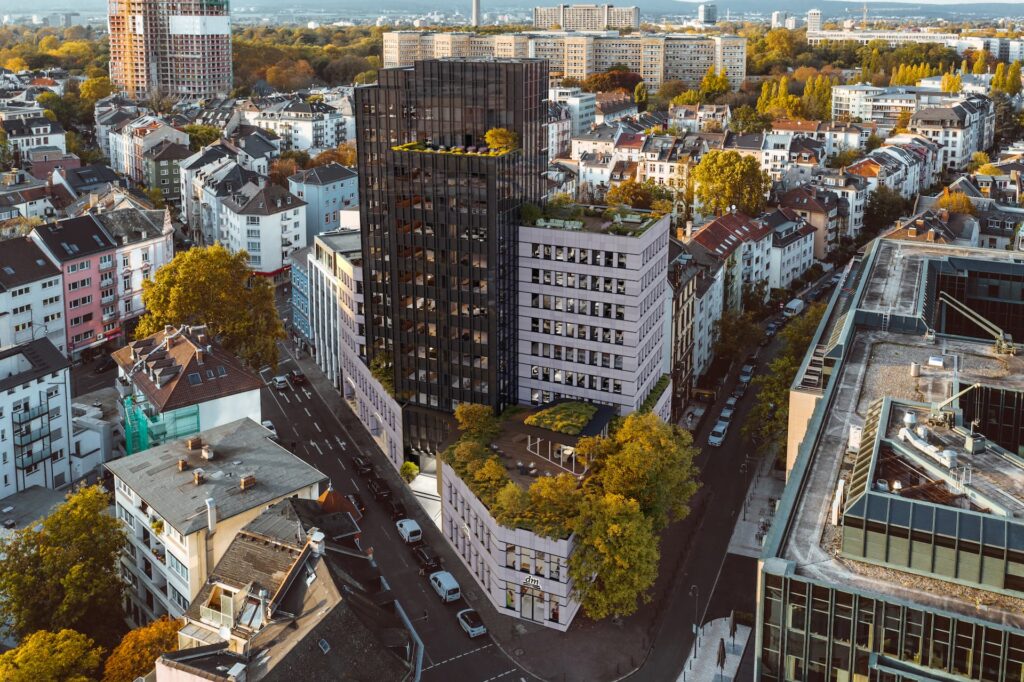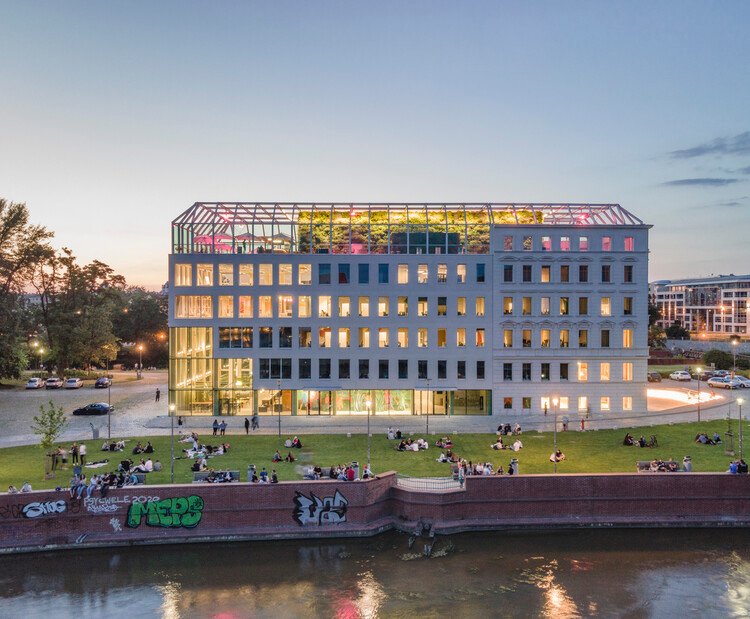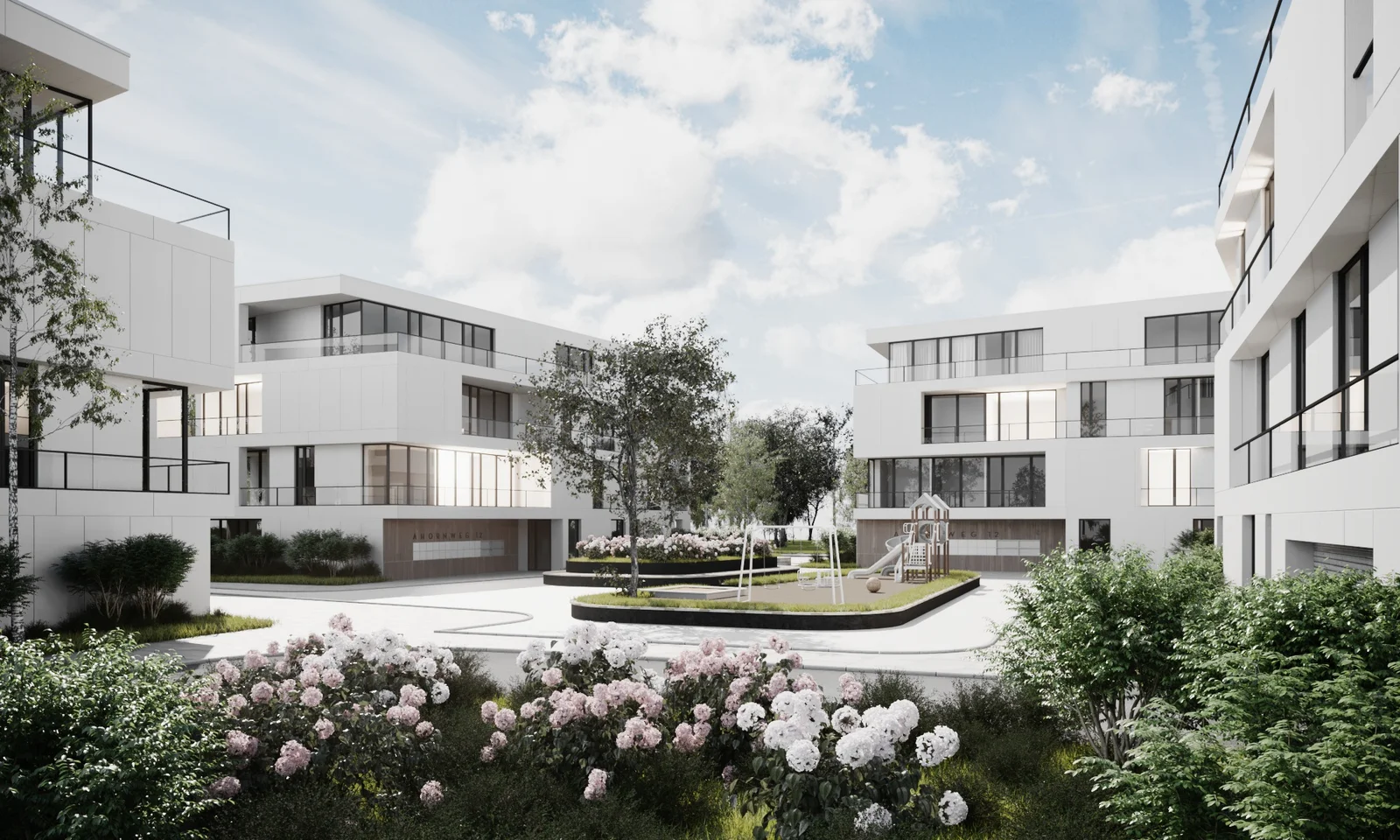How Realistic Shading Improves 3D Exterior Renderings
3D exterior renderings have been revolutionizing the architectural, gaming, and movie industries by offering a realistic preview of the final product. An integral part of this realism is the technique of shading. In this blog post, we delve into the significance of realistic shading in 3D exterior renderings and how it enhances the overall visual experience.
Understanding the Basics of 3D Exterior Rendering
Before we delve into the impact of realistic shading, it’s important to understand the basics of 3D exterior rendering. This process involves creating a 3-dimensional digital representation of a building or structure’s exterior. It’s a complex process that requires a high level of skill, precision, and understanding of architectural principles.
What is 3D Rendering?
3D rendering is the process of producing an image based on three-dimensional data stored within a computer. It can be likened to photography or cinematography, as you are lighting and staging scenes and producing images. Unlike regular photography, however, the scenes being photographed are imaginary, and everything appearing in the 3D rendering needs to be created (or re-created) on the computer before it can be rendered. This is a lot of work, but allows for an incredible amount of control over what appears in the scene, and how it is depicted.
The Role of Shading in 3D Rendering
Shading plays a critical role in 3D rendering, especially when it comes to exterior renderings. It’s not just about creating shadows; shading helps add depth and realism to the rendering, making it more visually appealing and realistic.
What is Shading?
Shading refers to the depiction of depth perception in 3D models or illustrations by varying the level of darkness. It’s the technique that artists use to convey the sense that an object is three-dimensional and has a light source with varying intensities shining on it.
Why is Shading Important in 3D Rendering?
Shading is one of the most effective ways to add a sense of realism to 3D rendering. Without shading, 3D models can appear flat and unrealistic. Shading helps to define the form of an object, showing how surfaces change and how they cast shadows. It adds depth, character, and realism to the rendering, making it more believable to the viewer’s eye.
Understanding Realistic Shading in 3D Exterior Renderings
The Concept of Realistic Shading
Realistic shading is a technique used in 3D modeling to give objects a sense of depth and volume. This technique mimics the way light interacts with different surfaces, creating shadows and highlights that give the 3D object a more realistic look. In the context of 3D exterior renderings, realistic shading is used to give buildings, landscapes, and other exterior elements a more lifelike appearance.
The Importance of Realistic Shading in 3D Renderings
The use of realistic shading in 3D exterior renderings is crucial for creating a believable and immersive visual representation. It helps to create a sense of realism by accurately representing how light interacts with different materials and surfaces in the real world. For instance, the way light reflects off a glass window will be different from how it interacts with a concrete wall. By accurately portraying these differences, realistic shading enhances the visual depth and realism of the 3D rendering.
How Realistic Shading Improves 3D Exterior Renderings
Enhances Realism and Depth
One of the main advantages of realistic shading in 3D exterior renderings is its ability to enhance the overall realism and depth of the image. By accurately representing the way light interacts with different surfaces, it creates a sense of three-dimensionality that flat colors or basic shading techniques cannot achieve.
Provides Accurate Material Representation
Another significant benefit of realistic shading is its ability to accurately represent different materials. In 3D exterior renderings, various materials such as metal, glass, wood, and concrete are often used. Each of these materials interacts with light in a unique way and realistic shading can capture these interactions accurately. This not only enhances the visual appeal of the rendering but also provides a more accurate representation of how the finished building or landscape will look in different lighting conditions.
The Role of Realistic Shading in Future 3D Rendering Technologies
Advancements in 3D Rendering Technologies
As 3D rendering technologies continue to advance, the role of realistic shading is expected to become even more significant. Future technologies may be capable of simulating light and shadow in even more detail, resulting in 3D exterior renderings that are almost indistinguishable from real-life photos.
Realistic Shading and Virtual Reality
In the realm of virtual reality, realistic shading plays a crucial role in creating immersive environments. By accurately simulating the way light interacts with different surfaces, it can make virtual environments feel more real, enhancing the overall VR experience. As VR technology continues to evolve, the demand for realistic shading in 3D exterior renderings is likely to increase.In conclusion, realistic shading plays a vital role in enhancing the overall quality and aesthetic appeal of 3D exterior renderings. It not only adds depth and dimension to the designs but also makes them appear more lifelike and believable, thereby helping architects and designers effectively communicate their design ideas. By accurately depicting the interplay of light and shadow on various surfaces, realistic shading can significantly enhance the viewer’s understanding and appreciation of the structure’s design. Therefore, mastering the art of realistic shading can truly take your 3D exterior renderings to the next level.







